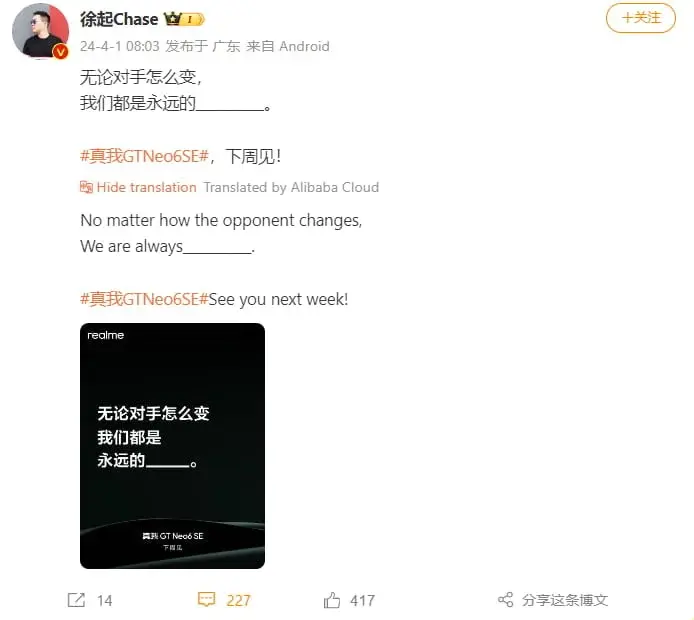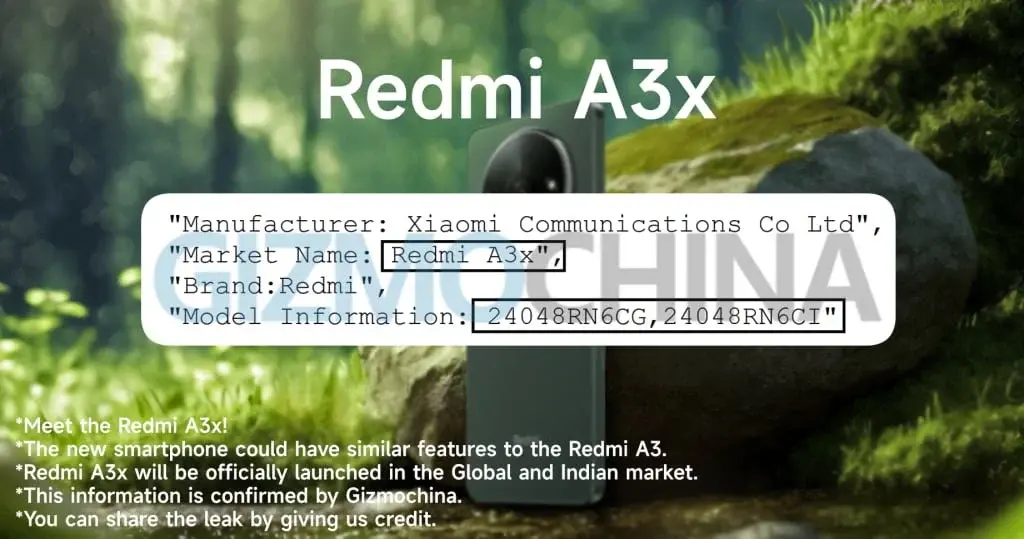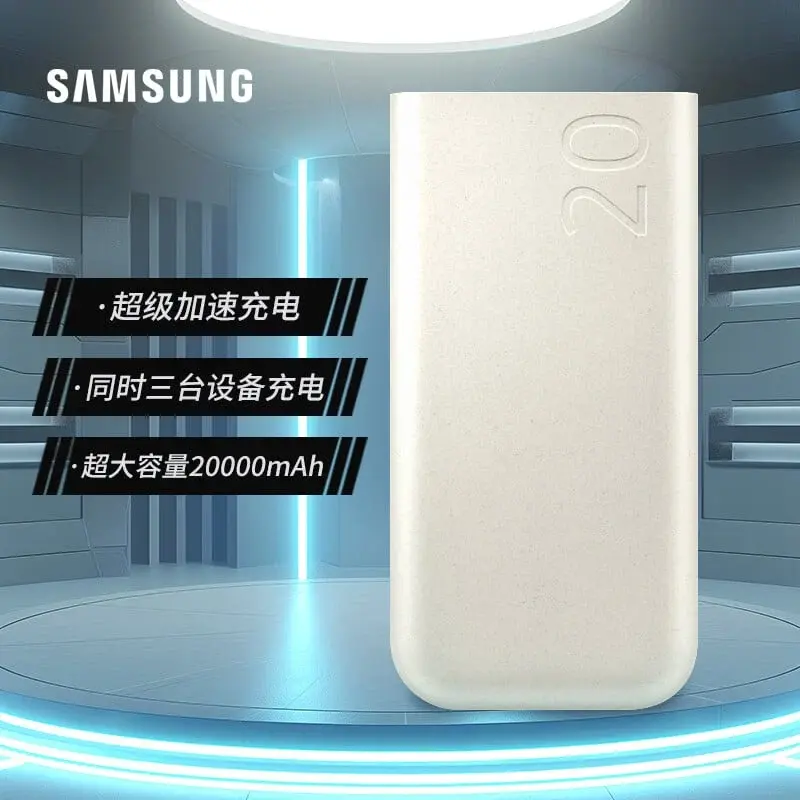Redmi Turbo 3 series
Redmi has been hinting at the impending launch of a new smartphone in China over the recent days. Initial reports suggested that the device would be named the Redmi Note 13 Turbo upon release. However, to the surprise of many, the company disclosed today that the upcoming phone will actually be part of a fresh series known as the Turbo lineup.
Redmi Turbo 3 confirmed
The forthcoming Redmi smartphone, as revealed in the promotional material, will be unveiled under the name "Redmi Note Turbo 3." Anticipated to come equipped with the Snapdragon 8s Gen 3 processor, described as a "Lite" variant of the Snapdragon 8 Gen 3.
So, what can we expect from the Turbo series lineup? Positioned as a cutting-edge performance flagship, the Turbo series aims to redefine the performance standards in the mid-range segment.
Last year’s Turbo device, the Redmi Note Turbo 12, was part of the Note series. However, the latest poster indicates that moving forward, Turbo devices will form a distinct product line. Meanwhile, the Note series will concentrate on delivering mid-range devices to bring flagship features to a broader audience.
The K-lineup, positioned above the Turbo series, will consist of premium smartphones offering flagship performance and functionalities. Lastly, the numbered series phones will cater to the entry-level segment, positioned below the Note series.
Returning to the Redmi Turbo 3, its launch is anticipated later this month in China. Additionally, there are speculations that the same device will be rebranded as the Poco F6 for the global market. The F6 and F6 Pro models, expected to feature the Snapdragon 8 Gen 3 chipset, are likely to make their debut in the global market in May.















